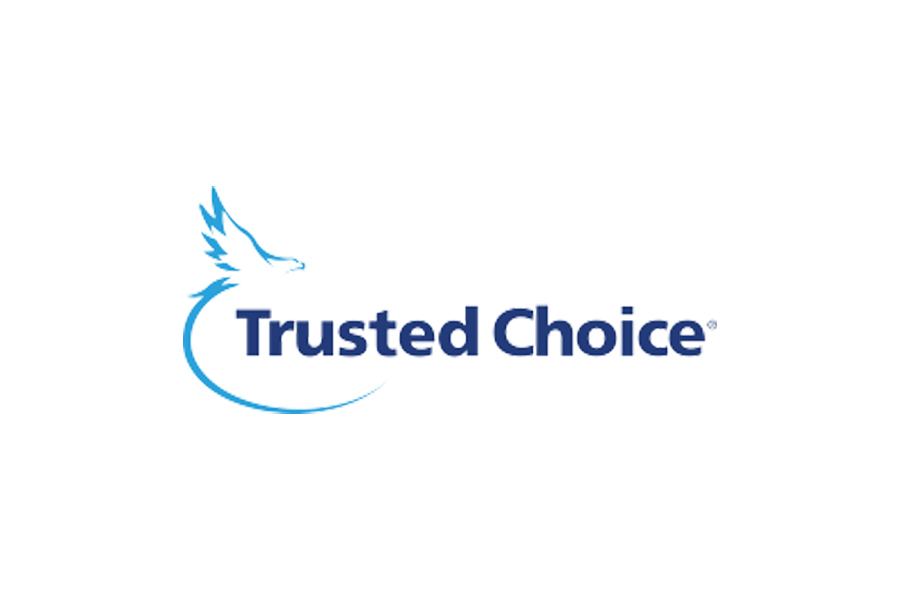Switching car insurance companies might sound like a hassle, but it can save you a good chunk of money—sometimes even hundreds of dollars a year. Many people stick with the same insurer for years simply because it feels easier. But what if I told you switching isn’t just doable, it’s often smart?
Car insurance rates can go up even if you haven’t filed a claim. Your driving record might have improved. Your credit score might have changed. Or maybe you just bought a new car or moved to a different area. All of these things can affect your rates. So why not check if there’s a better deal out there?
In this post, I’ll walk you through how to switch car insurance companies the right way. No confusing terms. No pressure. Just clear steps, friendly tips, and a few things to watch out for.
Why You Might Want to Switch Car Insurance Companies
There are plenty of good reasons to make a switch:
-
Trusted Insurance Since 2009
Shield Insurance Agency LLC makes coverage simple with tech-driven, reliable, and personalized insurance solutions to protect what matters most.
Get a Free QuoteYour premium went up. Even if you have a clean driving record, your rate might increase at renewal.
-
You found a cheaper quote. Prices vary a lot from one company to another for the same coverage.
-
You’re not happy with the service. Maybe it’s hard to reach customer support or claim handling was a mess.
-
You want different coverage. Your needs might have changed—like adding roadside assistance or removing extras you no longer need.
-
You moved to another state. Insurance laws and prices vary, so it’s smart to shop around.
How Do I Switch Car Insurance Companies?
Let’s break it down into simple steps:
1. Figure Out What Coverage You Need
Before you get quotes, know what you’re actually paying for. Are you carrying more coverage than you need? Are you missing something important?
For example:
-
Liability is required in most states, but the minimum might not be enough if you cause an accident.
-
Trusted Insurance Since 2009
Shield Insurance Agency LLC makes coverage simple with tech-driven, reliable, and personalized insurance solutions to protect what matters most.
Get a Free QuoteCollision and comprehensive are optional but important if your car is newer or financed.
-
Extras like roadside assistance or rental car coverage might be worth it, depending on your situation.
You can use this guide from the National Association of Insurance Commissioners (NAIC) to understand coverage types.
2. Get Quotes From Multiple Insurers
This is where you could start saving. Most experts recommend getting at least three quotes. Try a mix of big names (like GEICO, State Farm, Progressive) and regional companies, which sometimes offer better rates for local drivers.
You can:
-
Use comparison websites like The Zebra or NerdWallet.
-
Contact agents directly.
-
Check for discounts (safe driver, bundling with home insurance, student discounts, etc.).
3. Look at the Fine Print
Don’t just look at the price—check what’s covered. One policy might be cheaper because it offers less protection. Also, look for:
-
Deductibles (how much you pay out of pocket if you file a claim)
-
Policy limits
-
Customer reviews (Trustpilot, J.D. Power rankings, etc.)
-
Claim satisfaction
4. Line Up the New Policy Before Canceling the Old One
This part is super important: never cancel your current insurance before the new one starts. Even one day without coverage can cause problems:
-
Your state could fine you
-
Your lender (if you lease or finance) might penalize you
-
You might end up paying more later because of a “gap” in insurance history
When you’re ready, choose a start date for the new policy and schedule the cancellation of the old one for the same day.
5. Cancel Your Old Policy (The Right Way)
Once your new coverage is in place, contact your old insurer and cancel the policy. Ask for a confirmation in writing, and make sure they stop any automatic payments. If you’ve prepaid, you might be due a refund.
Tip: Don’t just let your old policy lapse. Cancel it officially to avoid issues with your insurance record.
6. Print Out (or Save) Proof of Insurance
Keep a digital or physical copy of your new insurance ID card in your car and phone. If you get pulled over or need to show proof of coverage, you’ll be glad you have it handy.
7. Let Your Lender Know (If You Lease or Finance)
If your car is leased or financed, your lender probably needs to know about the new policy. Share the updated info with them to avoid any hiccups.
FAQs
Will switching hurt my credit score?
Nope. Insurance quotes use a “soft pull,” which doesn’t affect your credit.
Can I switch in the middle of a policy term?
Yes. You don’t have to wait until your renewal. Most companies will give you a refund for unused coverage.
Is it bad to switch insurers often?
Not really. Just make sure you don’t have gaps in coverage. And try to avoid switching too often (like every few months), which could raise eyebrows.
Can I keep the same coverage when I switch?
Yes, and you should try to match it closely when comparing policies. But it’s also a chance to adjust based on what you really need.
Final Thoughts
Switching car insurance isn’t as hard as it sounds. In fact, it’s one of the easiest ways to potentially lower your expenses and get better coverage. The key is to do it carefully—know what you need, compare your options, and make sure the timing lines up.
So, when was the last time you checked if your car insurance was still the best fit for you?
Trusted Insurance Since 2009
Shield Insurance Agency LLC makes coverage simple with tech-driven, reliable, and personalized insurance solutions to protect what matters most.
Get a Free Quote

